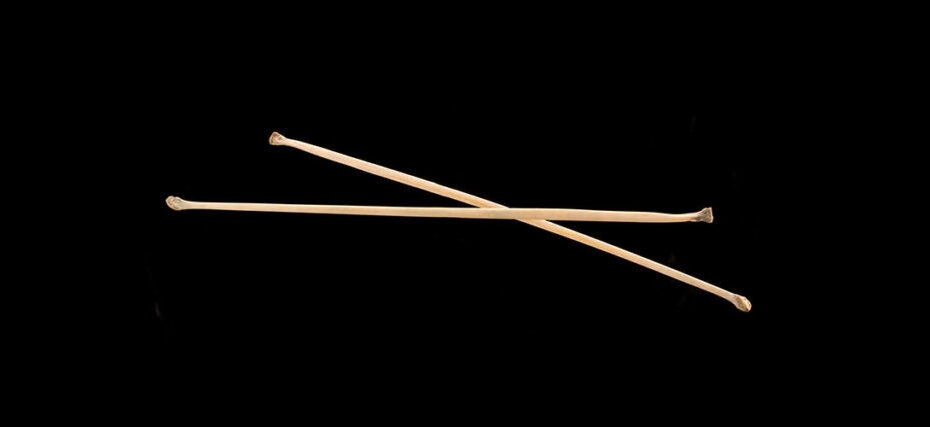
Toroa Pakuru
Pākuru are long resonant rods held between the teeth and rhythmically tapped as they are sung over. The pākuru is a simple instrument yet it’s sound resinates in intricacies.
James Webster is of Maori and European descent and is well known as a talented Maori arts practitioner, working with many mediums including wood, bone and stone (sculpting and carving) as well as paint, fibre and metal (mixed media) and Tāmoko (body adornment / tribal tattoo).

Pākuru are long resonant rods held between the teeth and rhythmically tapped as they are sung over. The pākuru is a simple instrument yet it’s sound resinates in intricacies.
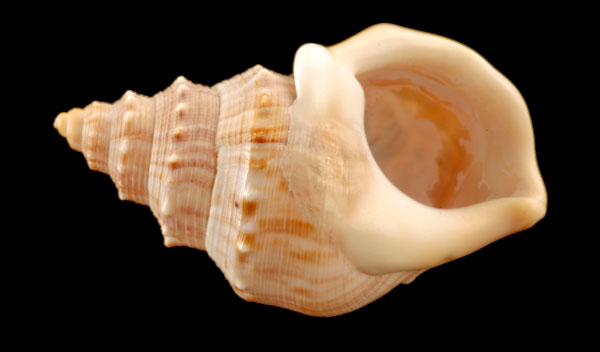
The Pupurangi is basically the sound of the Pupu shell.
These are also shakers made from larger hue, with their seed still intact. When played, the puruwai sounds like a bubbling stream.
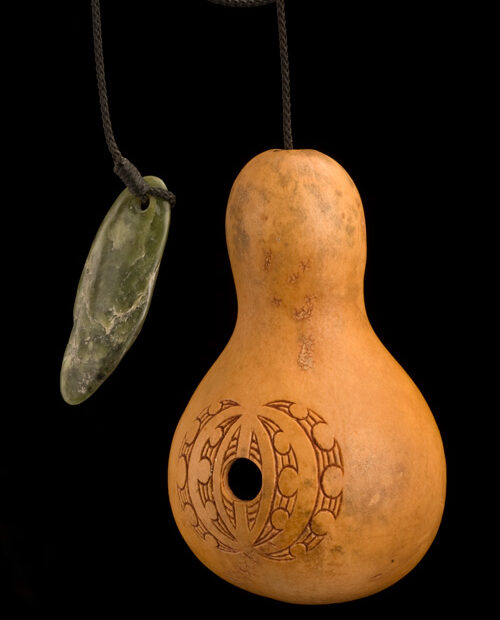
This is a whistling gourd. They are swung on a cord (similar to the playing of the purerehua) and create a gentle, soft whistling sound.
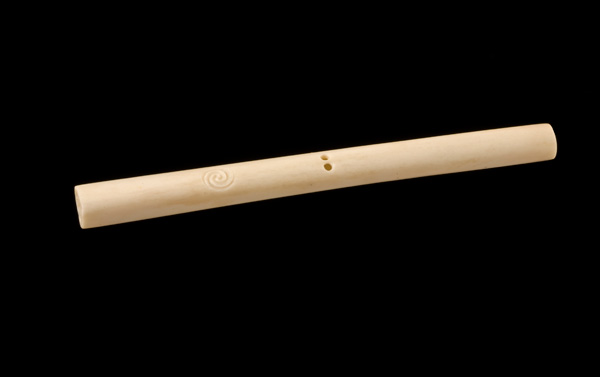
These are long flutes made from the neck of the hue, with two small wenewene. This instrument has the ability to jump between two sound pitches, hence its name Oro= sound rua rangi= two tunes.
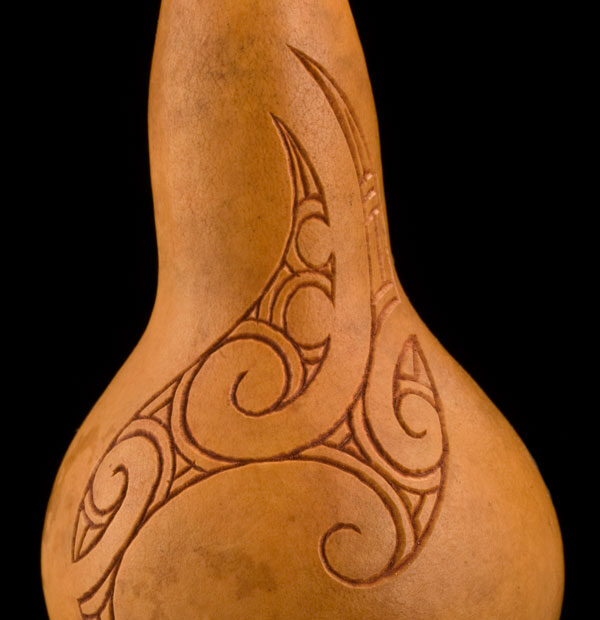
With the seeds inside the hue, this is a shaker or rattle. Hue can be carved or painted in beautiful kowhaiwhai patterns and can be decorated with feathers and harakeke.
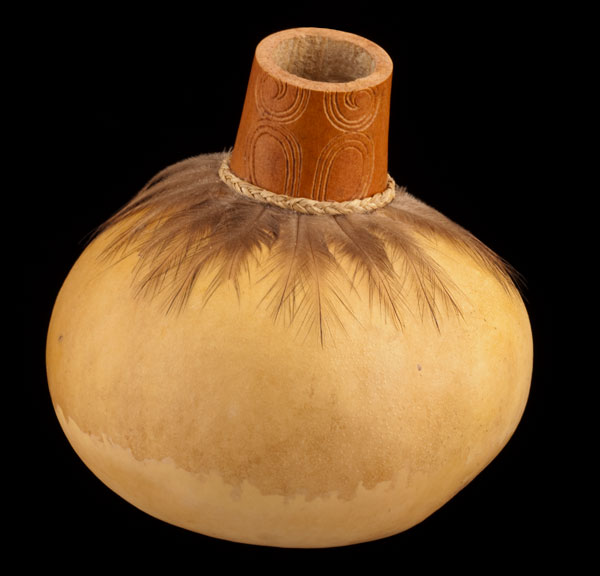
These are large hue with the seeds removed. The neck is cut off and the sound comes from blowing over the top to create a vibrant bass sound.
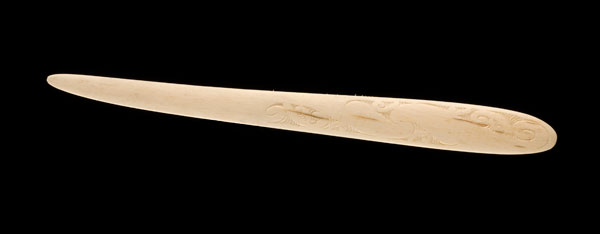
mouth harp – a musical instrument made by vibrating a sliver of wood or bone held between the teeth which is plucked to produce a vibrating sound. These are amplified and modified by manipulation of the player’s mouth, which becomes the resonator.
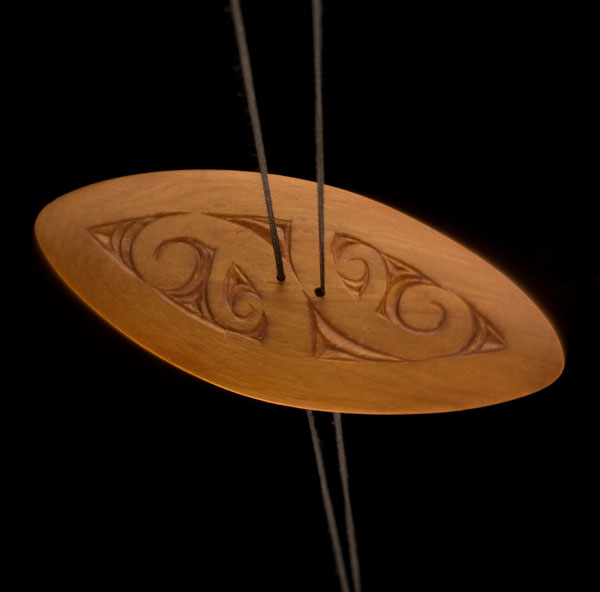
The porotiti is a humming disc, made of different shapes with a cord looped through two holes in the centre.
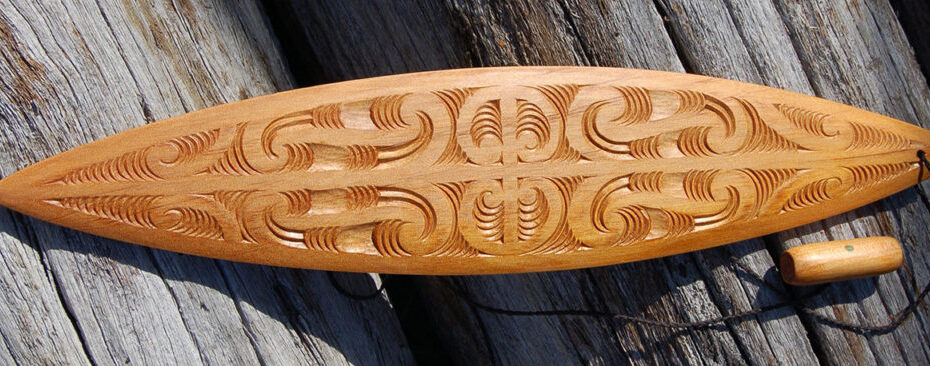
The pūrerehu, or rangorango (named after its buzzing sound like that of the rango or blowfly) is a bullroarer.